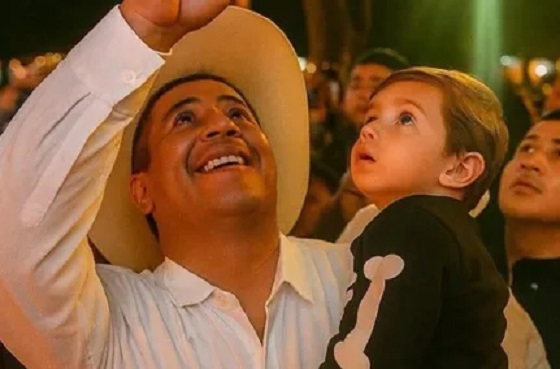Business
Pets Vs. Landlords

Pet ownership in Red Deer is very popular, however, in rental properties it can be a real area of contention between Landlords and Tenants.
First let’s examine what is meant by a no pets clause in a lease, because a lot of tenants think that it simply means no cats or dogs…so they bring in a caged animal like a rabbit or Hamster, Turtle, Snake, Bird or Fish.
Different landlords will look at these other pets with varying degrees of concern but the safest bet is to assume No pets, means No Pets.
As a property manager with a lot of years in the business I have had large aquariums leak while tenants were away on vacation causing substantial damage to the property, including the dead rotten fish. And we have had small animals escape their cage and chew carpet and electrical wires that caused a fire.
…and more than a few times the tenant did not have insurance to cover the damages.
Next, you have tenants that take on babysitting of pets for others, sometimes this babysitting becomes longer term.
Unfortunately, the length of time the pet is in the house is irrelevant, for most landlords, No Pets means No Pets, not even temporarily. Some landlords even object to pets visiting for a few hours occasionally.
We have had a tenant get a dog due to security concerns, sorry but a security scare does not give you the right to suddenly get a dog. NO Pets means NO Pets, not for security, companionship or any other reason. You can get a security system if you feel the need, wireless please.
This is not to say that all landlords are ruthless tyrants, many will allow for small caged animals or fish, but if your lease has a No pets clause in it, make sure that you get written approval first or you are in breach of your lease and can be evicted over this issue.
In Alberta landlords, can charge a non-refundable pet fee, it can be anything that they want, may be a onetime fee or it may be a monthly fee. Some provinces do not allow landlords to ban pets such as Ontario, but Alberta does until the Tenancy act that governs Residential tenacities changes.
Why do Landlords have such an aversion to allowing pets:
First is damage to the property. While 99% of pet owners are great, it is the 1% that can cause a lot of grief, I have had firsthand experience where a single cat has caused damage to an entire home in carpet repairs due to clawing and peeing, damages that far exceeded the security deposit that was held.
Housebreaking new pets can result in lots of damage until the pet is trained.
Second, sometimes future tenants are allergic to animals. We have lost many potential tenants simply because the moment the prospective tenant walked into the home they started to get stuffy as they were extremely sensitive to the pets that were in prior, it can take a lot of extra specialized cleaning to remedy a house allergen free, it is just easier to not go there in the first place.
Finally, in multi-family such as apartments and townhomes, nothing drives neighbours crazy like a dog barking next door all day long at every slight sound.
For most landlords the risk of the 1% out ways the desire of the 99%
Red Deer Property Rentals is Central Alberta’s Upscale Rental Home Agency. CLICK HERE to check out our website for your next quality rental home.
Les Brown
Business
Bill Gates Gets Mugged By Reality


From the Daily Caller News Foundation
You’ve probably heard by now the blockbuster news that Microsoft founder Bill Gates, one of the richest people to ever walk the planet, has had a change of heart on climate change.
For several decades Gates poured billions of dollars into the climate industrial complex.
Some conservatives have sniffed that Bill Gates has shifted his position on climate change because he and Microsoft have invested heavily in energy intensive data centers.
AI and robotics will triple our electric power needs over the next 15 years. And you can’t get that from windmills.
What Bill Gates has done is courageous and praiseworthy. It’s not many people of his stature that will admit that they were wrong. Al Gore certainly hasn’t. My wife says I never do.
Although I’ve only once met Bill Gates, I’ve read his latest statements on global warming. He still endorses the need for communal action (which won’t work), but he has sensibly disassociated himself from the increasingly radical and economically destructive dictates from the green movement. For that, the left has tossed him out of their tent as a “traitor.”
I wish to highlight several critical insights that should be the starting point for constructive debate that every clear-minded thinker on either side of the issue should embrace.
(1) It’s time to put human welfare at the center of our climate policies. This includes improving agriculture and health in poor countries.
(2) Countries should be encouraged to grow their economies even if that means a reliance on fossil fuels like natural gas. Economic growth is essential to human progress.
(3) Although climate change will hurt poor people, for the vast majority of them it will not be the only or even the biggest threat to their lives and welfare. The biggest problems are poverty and disease.
I would add to these wise declarations two inconvenient truths: First: the solution to changing temperatures and weather patterns is technological progress. A far fewer percentage of people die of severe weather events today than 50 or 100 or 1,000 years ago.
Second, energy is the master resource and to deny people reliable and affordable energy is to keep them poor and vulnerable – and this is inhumane.
If Bill Gates were to start directing even a small fraction of his foundation funds to ensuring everyone on the planet has access to electric power and safe drinking water, it would do more for humanity than all of the hundreds of billions that governments and foundations have devoted to climate programs that have failed to change the globe’s temperature.
Stephen Moore is a co-founder of Unleash Prosperity and a former Trump senior economic advisor.
Automotive
Elon Musk Poised To Become World’s First Trillionaire After Shareholder Vote


From the Daily Caller News Foundation
At Tesla’s Austin headquarters, investors backed Musk’s 12-step plan that ties his potential trillion-dollar payout to a series of aggressive financial and operational milestones, including raising the company’s valuation from roughly $1.4 trillion to $8.5 trillion and selling one million humanoid robots within a decade. Musk hailed the outcome as a turning point for Tesla’s future.
“What we’re about to embark upon is not merely a new chapter of the future of Tesla but a whole new book,” Musk said, as The New York Times reported.
Dear Readers:
As a nonprofit, we are dependent on the generosity of our readers.
Please consider making a small donation of any amount here.
Thank you!
The decision cements investor confidence in Musk’s “moonshot” management style and reinforces the belief that Tesla’s success depends heavily on its founder and his leadership.
Tesla Annual meeting starting now
https://t.co/j1KHf3k6ch— Elon Musk (@elonmusk) November 6, 2025
“Those who claim the plan is ‘too large’ ignore the scale of ambition that has historically defined Tesla’s trajectory,” the Florida State Board of Administration said in a securities filing describing why it voted for Mr. Musk’s pay plan. “A company that went from near bankruptcy to global leadership in E.V.s and clean energy under similar frameworks has earned the right to use incentive models that reward moonshot performance.”
Investors like Ark Invest CEO Cathie Wood defended Tesla’s decision, saying the plan aligns shareholder rewards with company performance.
“I do not understand why investors are voting against Elon’s pay package when they and their clients would benefit enormously if he and his incredible team meet such high goals,” Wood wrote on X.
Norway’s sovereign wealth fund, Norges Bank Investment Management — one of Tesla’s largest shareholders — broke ranks, however, and voted against the pay plan, saying that the package was excessive.
“While we appreciate the significant value created under Mr. Musk’s visionary role, we are concerned about the total size of the award, dilution, and lack of mitigation of key person risk,” the firm said.
The vote comes months after Musk wrapped up his short-lived government role under President Donald Trump. In February, Musk and his Department of Government Efficiency (DOGE) team sparked a firestorm when they announced plans to eliminate the U.S. Agency for International Development, drawing backlash from Democrats and prompting protests targeting Musk and his companies, including Tesla.
Back in May, Musk announced that his “scheduled time” leading DOGE had ended.
-

 Business2 days ago
Business2 days agoThe Liberal budget is a massive FAILURE: Former Liberal Cabinet Member Dan McTeague
-
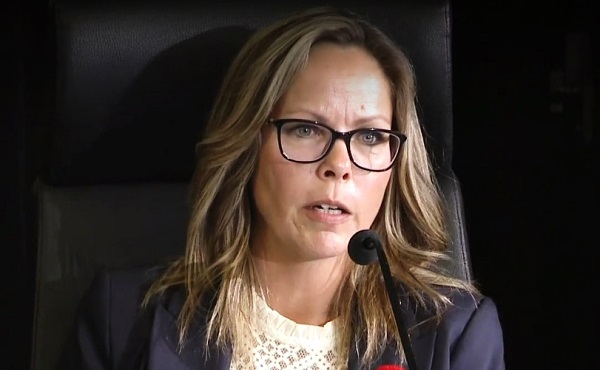
 COVID-192 days ago
COVID-192 days agoFreedom Convoy leader Tamara Lich to appeal her recent conviction
-

 Business2 days ago
Business2 days agoCarney’s budget spares tax status of Canadian churches, pro-life groups after backlash
-
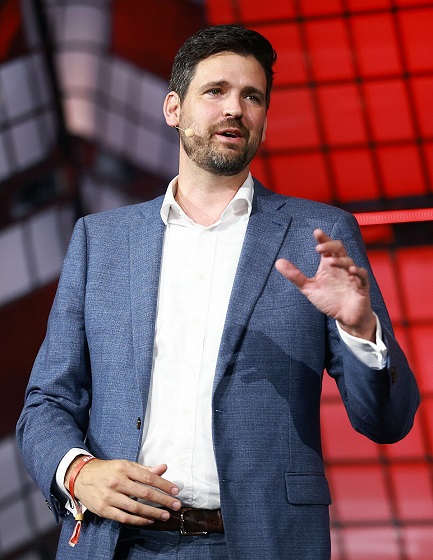
 Justice2 days ago
Justice2 days agoCarney government lets Supreme Court decision stand despite outrage over child porn ruling
-
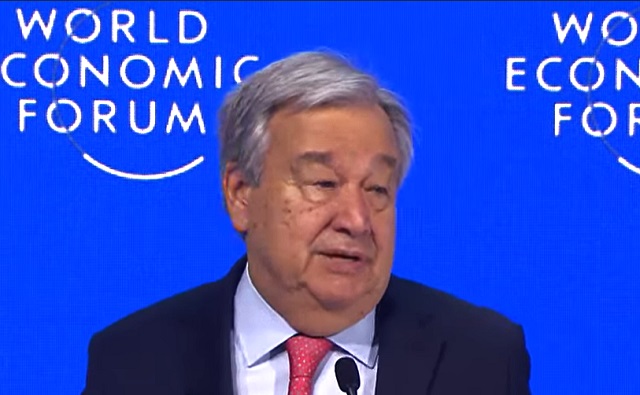
 Daily Caller1 day ago
Daily Caller1 day agoUN Chief Rages Against Dying Of Climate Alarm Light
-
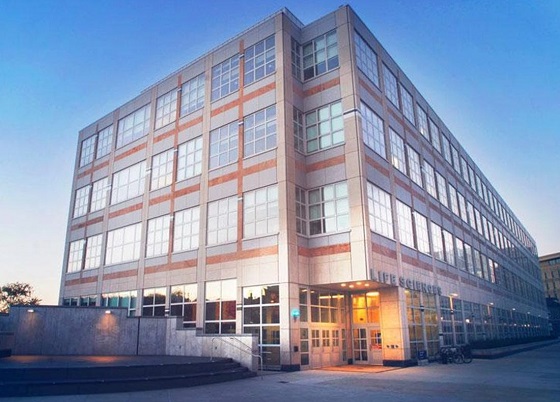
 espionage1 day ago
espionage1 day agoU.S. Charges Three More Chinese Scholars in Wuhan Bio-Smuggling Case, Citing Pattern of Foreign Exploitation in American Research Labs
-
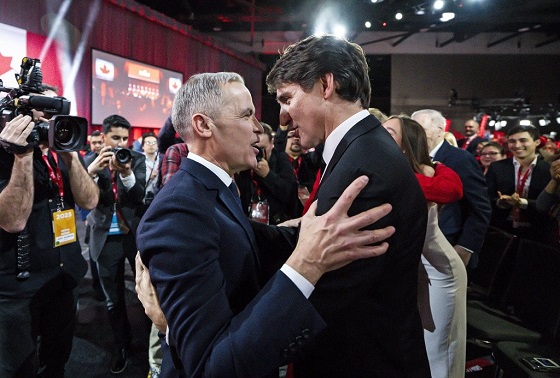
 Business21 hours ago
Business21 hours agoCarney budget doubles down on Trudeau-era policies
-

 COVID-1921 hours ago
COVID-1921 hours agoCrown still working to put Lich and Barber in jail




